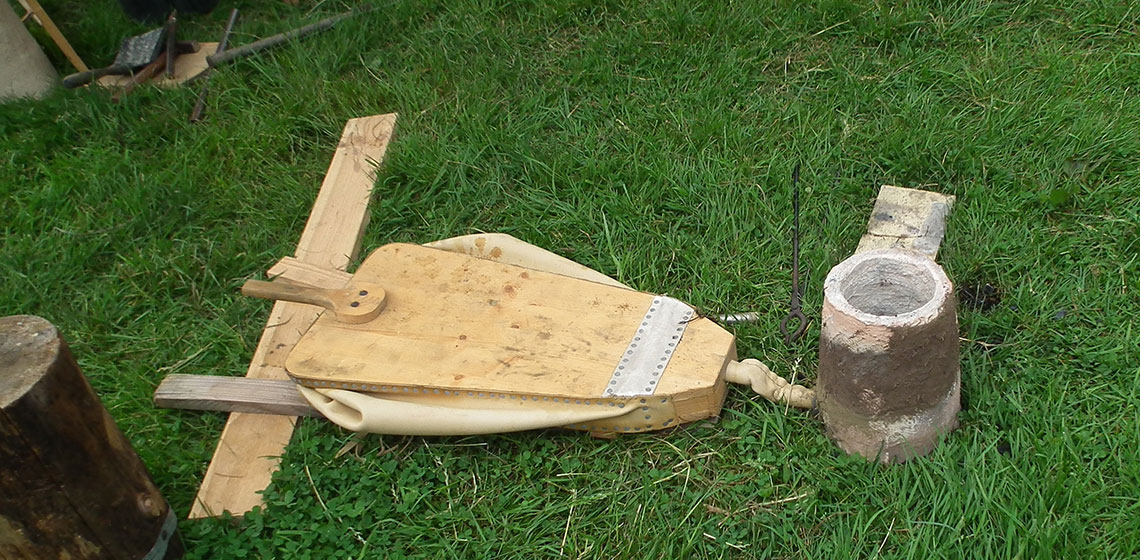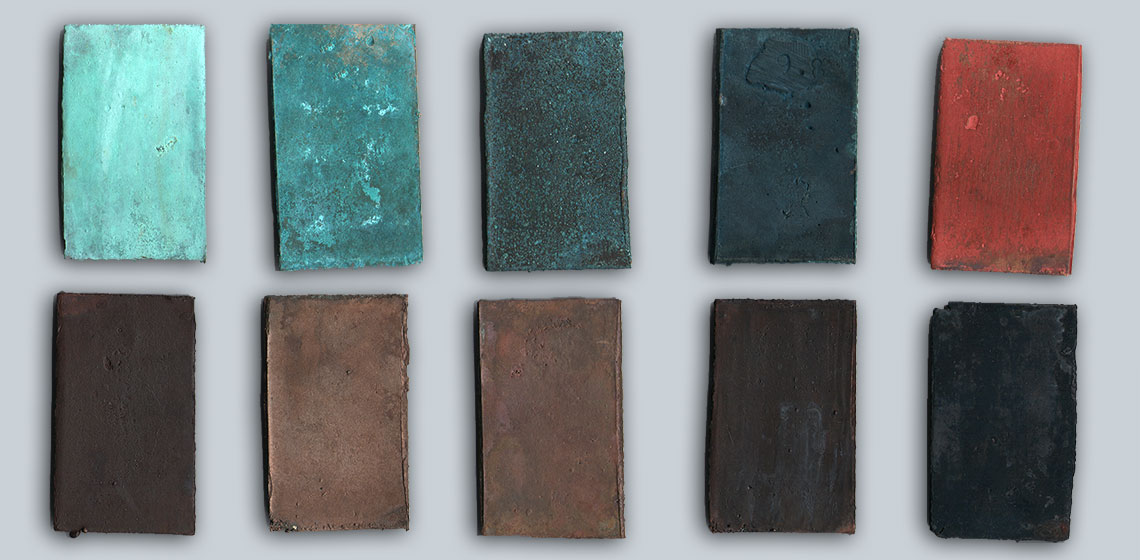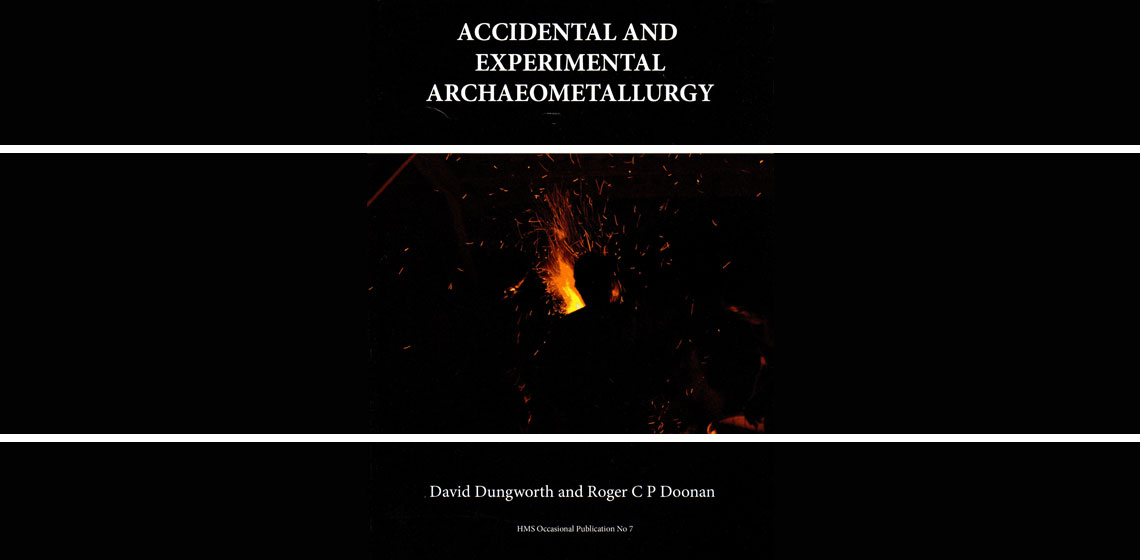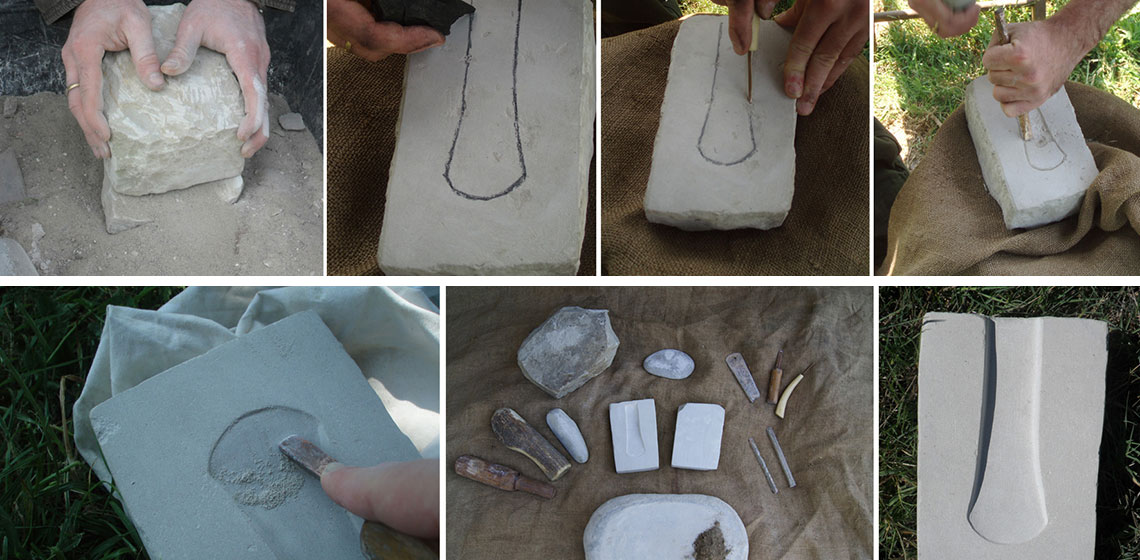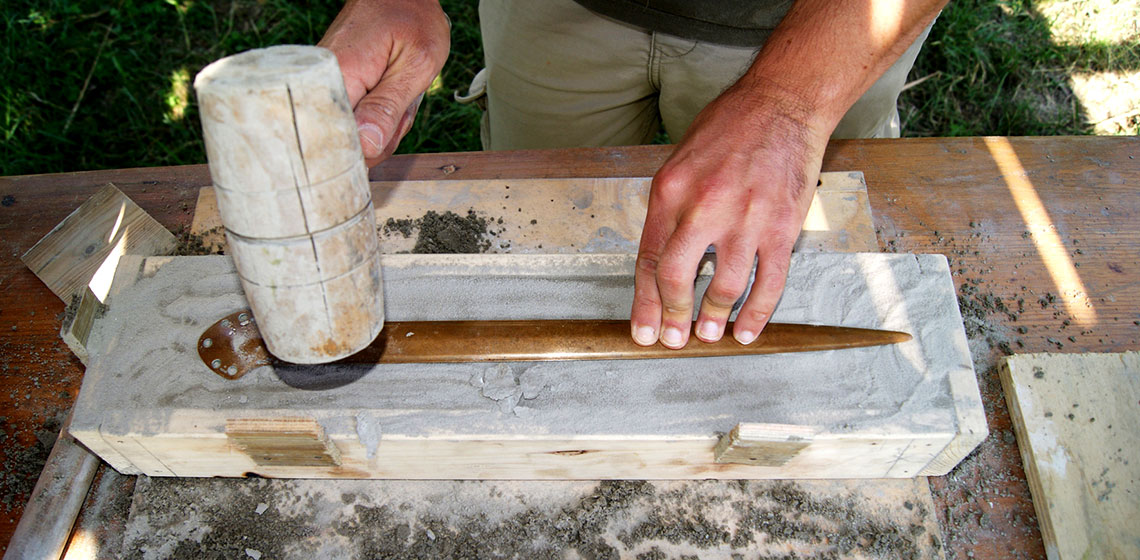bronze
Now we’re Cooking with Gas! How Experimental Archaeology Challenges Modern Assumptions about Metal Recycling
Publication Date
It is accepted knowledge that when re-melting alloys, some of the metal with a lower melting temperature is lost through oxidation, and more metal must be added in order to maintain the desired alloy proportions. In order to understand the changes in alloy content when recycling using Bronze Age technology, experiments were undertaken by the author and others...
Event Review: the Bronze Casting Festival at the Bronzezeithof, Uelsen, Germany
Publication Date
The first Bronze Casting Festival was held in May 2017 at the Bronzezeithof in Uelsen, Germany. The event was organised by Martijn van Es, who has an active interest in bronze casting and experimental archaeology. A call was put forward to skilled metal workers to come to Uelsen to conduct experiments and...
The Colour Palette of Antique Bronzes: An Experimental Archaeology Project
Publication Date
Bronze is an alloy of copper and tin, with lead also added. Hellenistic and Roman bronze objects have a variable percentage of metals, and because of this the colour of the alloy will differ depending on the proportions. The colour of the alloy can be maintained by polishing, but it is also possible to give a patina to the surface of bronze using a reagent...
Getting Hammered: The Use of Experimental Archaeology to Interpret Wear on Late Bronze Age Hammers and Modern replicas
Publication Date
Metalsmithing tools such as hammers are rarely recognised for their significance in understanding prehistoric metalworking technology. Their development and specialisation signal new metalworking techniques and a wider array of the types of metal objects being made. Our knowledge of ancient metalworking is...
Montale, the Terramara Lives
Publication Date
OpenArch Special Digest 2015 Issue 2
***Ten years ago, the results of investigations from one of the most important protohistoric settlements of the Po Plain in Italy lead to the construction of a large archaeological park. A project which, today, represents a core reality in the dissemination of experimentations...
***Ten years ago, the results of investigations from one of the most important protohistoric settlements of the Po Plain in Italy lead to the construction of a large archaeological park. A project which, today, represents a core reality in the dissemination of experimentations...
Experiencing Visible and Invisible Metal Casting Techniques in Bronze Age Italy
Publication Date
OpenArch Dialogue with Skills Issue
***What we know about Bronze Age metalworking in Italy basically relies on finished artefacts and on stone, clay or bronze implements involved in the process of manufacturing (tuyères, crucibles, moulds, hammers, chisels, et cetera; Bianchi, 2010; Bianchi, in press).
***What we know about Bronze Age metalworking in Italy basically relies on finished artefacts and on stone, clay or bronze implements involved in the process of manufacturing (tuyères, crucibles, moulds, hammers, chisels, et cetera; Bianchi, 2010; Bianchi, in press).
Book Review: Accidental and Experimental Archaeometallurgy by D. Dungworth and R. Doonan (Eds)
Publication Date
Spawned from an HMS (Historical Metallurgy Society) conference at West Dean College in 2010, this book is a unique compilation of papers written by both academics and craftsmen. Further articles not directly drawn from the conference have been included and cover non-ferrous experiments and an ethnographic study of blacksmithing...
The Prometheus Project
Publication Date
7th UK EA Conference Cardiff 2013
***The Prometheus Project was an experimental archaeological investigation carried out at Butser Ancient Farm, Hampshire, England, into prehistoric logboat building techniques. The project focused on exploring the use of fire in building logboats...
***The Prometheus Project was an experimental archaeological investigation carried out at Butser Ancient Farm, Hampshire, England, into prehistoric logboat building techniques. The project focused on exploring the use of fire in building logboats...
Stone Moulds from Terramare (Northern Italy): Analytical Approach and Experimental Reproduction
Publication Date
7th UK EA Conference Cardiff 2013
***A large number of stone moulds, dating to Middle and Late Bronze Age (approximately 1650-1150 BC) has been found in Terramare sites since the 19th century. They were made to produce a wide range of bronze objects, such as ornaments, weapons and tools. Empirical observations of casting experiments revealed that different types of stone do not give the same response to the heat of molten metal...
***A large number of stone moulds, dating to Middle and Late Bronze Age (approximately 1650-1150 BC) has been found in Terramare sites since the 19th century. They were made to produce a wide range of bronze objects, such as ornaments, weapons and tools. Empirical observations of casting experiments revealed that different types of stone do not give the same response to the heat of molten metal...
Observations on Italian Bronze Age Sword Production: The Archaeological Record and Experimental Archaeology
Publication Date
7th UK EA Conference Cardiff 2013
***In spite of the very large quantity of Bronze Age swords in Northern Italy, only a few stone moulds have been found. Tests have shown that carving such big stone moulds (more than 60 cm long) requires a large amount of raw material, deep knowledge and skill, rather than a wide set of implements...
***In spite of the very large quantity of Bronze Age swords in Northern Italy, only a few stone moulds have been found. Tests have shown that carving such big stone moulds (more than 60 cm long) requires a large amount of raw material, deep knowledge and skill, rather than a wide set of implements...


